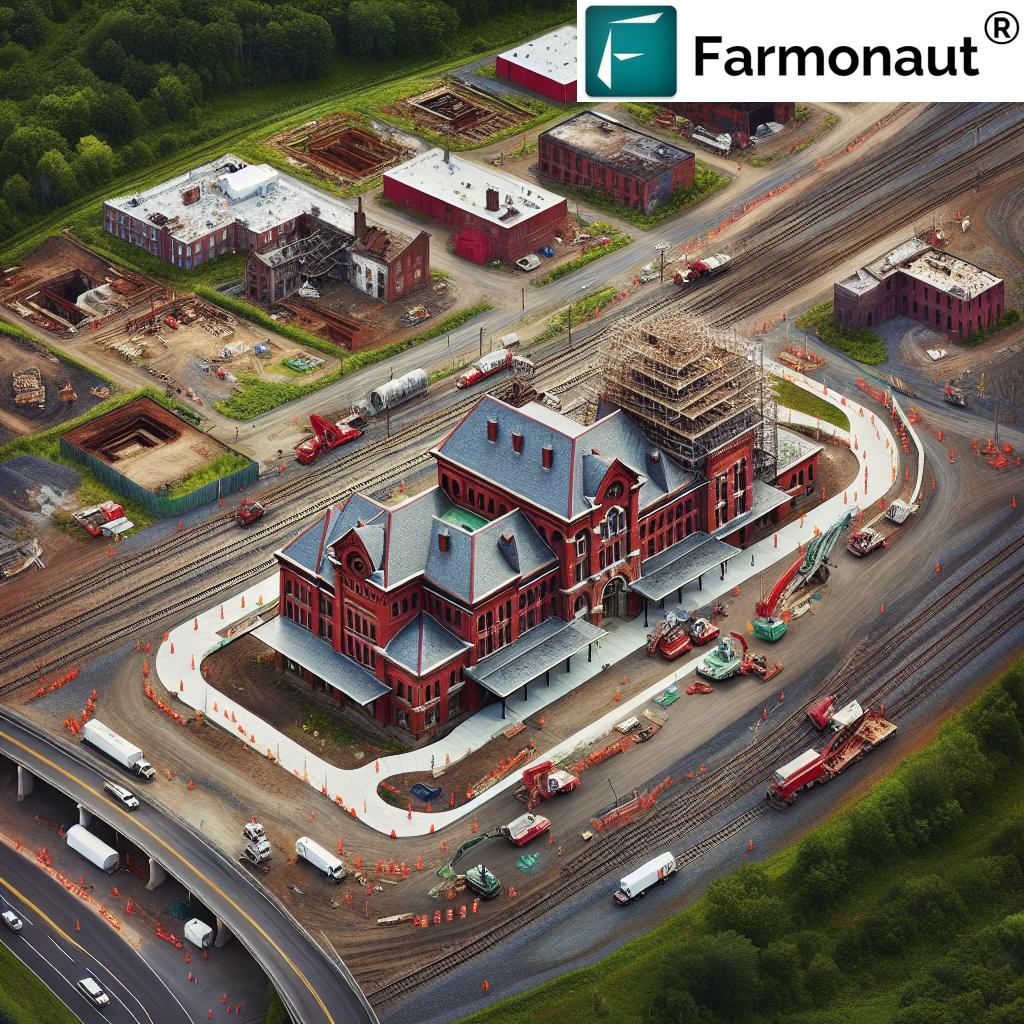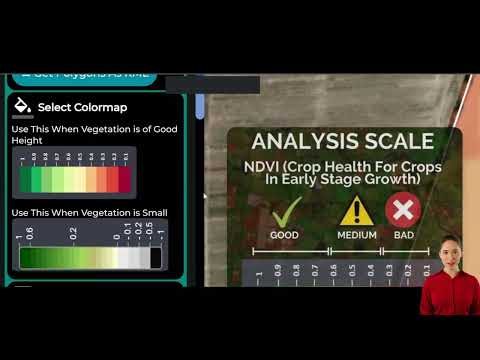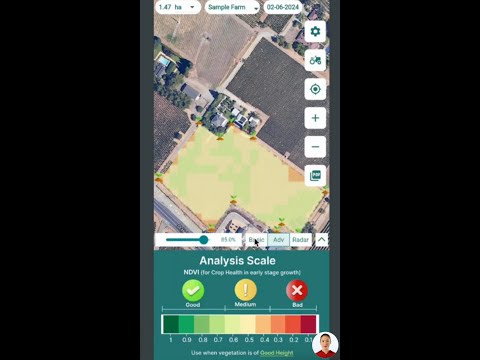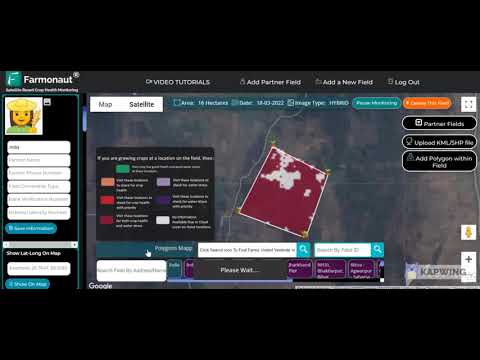Revitalizing Vermont’s Historic Rockingham: Sustainable Urban Planning Meets Environmental Cleanup in Downtown Depot Project

“Rockingham’s depot restoration project tackles brownfield redevelopment of over 100 years of industrial contamination in just 20,000 square feet.”
In the heart of Vermont, a remarkable transformation is underway. The historic town of Rockingham stands at the cusp of a revolutionary urban development project that promises to breathe new life into its downtown area. We’re witnessing a perfect amalgamation of historic train depot restoration, environmental cleanup of rail yard, and sustainable urban planning. This ambitious endeavor not only aims to revitalize a cherished landmark but also sets a precedent for brownfield redevelopment across the nation.
The Challenge: Balancing History and Progress
Rockingham’s historic Bellows Falls train depot, a structure dating back to 1923, sits at the heart of this complex project. The 8-acre rail yard, owned by the Vermont Agency of Transportation (VTrans), and the depot itself, owned by Green Mountain Railroad (GMRR), present a unique ownership scenario that complicates the restoration efforts. Town officials, led by Development Director Gary Fox, are navigating these intricate property acquisition challenges while addressing significant environmental concerns.
The primary hurdle lies in the industrial pollution that has accumulated over 170 years of rail operations. Contaminated soil and water pose not just environmental risks but also potential health hazards to the community. The discovery of tetrachloroethylene vapors beneath the depot underscores the urgency of comprehensive contaminated site remediation.
Environmental Liability: A Stumbling Block
One of the most pressing concerns for Rockingham officials is the unclear delineation of responsibilities for environmental cleanup. The proposed lease from VTrans assigns tenant responsibility for environmental remediation, potentially exposing the town to significant liabilities. This ambiguity has led to apprehension among town officials, including Selectboard Chair Rick Cowan, about proceeding with the purchase without clear resolutions.
To address these concerns, the town has taken a proactive approach by reaching out to Governor Phil Scott, seeking cooperation from state agencies to resolve these issues before the April 1 deadline for purchase. The involvement of the Vermont Department of Environmental Conservation (DEC) is crucial in developing a feasible plan to address the pollution effectively.
A Vision for Sustainable Urban Development
Despite these challenges, the potential for transformative change is immense. The restoration of the Bellows Falls depot is not just about preserving a piece of history; it’s about creating a vibrant hub for transportation and commerce that will drive economic growth in Rockingham for decades to come.
This project exemplifies the principles of transit-oriented development, focusing on creating a pedestrian-friendly, mixed-use area around the revitalized train station. By integrating modern amenities with historical charm, the restored depot will serve as a catalyst for broader downtown revitalization efforts.
The Road to Restoration: Funding and Planning
Financing such an ambitious project requires a multi-faceted approach. Rockingham has already secured nearly $1 million from various sources, including:
- $269,000 from local taxes
- Historic preservation grants
- State and federal funding initiatives
This initial funding has supported predevelopment work, which has been crucial in identifying structural and environmental issues that need addressing. As the project moves into its second stage, set to begin around April 1, additional funding sources will be explored to ensure the project’s success.
Explore how Farmonaut’s advanced satellite technology supports sustainable land management:
Environmental Cleanup: A Core Focus
At the heart of this project lies an unwavering commitment to environmental remediation. The cleanup efforts will focus on:
- Soil decontamination
- Groundwater treatment
- Removal of hazardous materials like lead paint
These initiatives not only aim to make the site safe for future use but also to significantly improve the overall environmental health of the downtown area. By addressing these long-standing pollution issues, Rockingham is setting a new standard for brownfield redevelopment in small towns across America.

Economic Impact and Community Benefits
The restoration of the Bellows Falls depot is expected to have far-reaching economic impacts on Rockingham. Development Director Gary Fox envisions:
- A revitalized Amtrak station with modern amenities
- Over 100 new housing units
- Substantial commercial space development
These additions are projected to significantly boost local economic growth and increase tax revenues. Furthermore, the project aims to create a more walkable, livable downtown area, enhancing quality of life for residents and attracting new businesses and visitors to the region.
“The historic Rockingham depot project aims to transform a 19th-century rail hub into a 21st-century sustainable urban center within 5 years.”
Addressing Community Concerns
As with any major urban development project, there are concerns among some community members. Questions have been raised about the potential for increased crime associated with new low-income housing developments. However, Fox points to past projects in the area that have had no negative effects on crime rates, illustrating the community’s commitment to responsible and inclusive development.
The town’s approach emphasizes transparent communication and community engagement throughout the planning and implementation processes. By involving residents in the decision-making, Rockingham aims to create a development plan that truly reflects the needs and aspirations of its community.
State and Federal Cooperation: A Crucial Element
The success of this ambitious project hinges on effective cooperation between local, state, and federal agencies. Governor Scott’s office has committed to facilitating collaboration among the necessary state agencies, recognizing the importance of this development not just for Rockingham’s economy but as a model for self-investment that could attract further federal and private sector funding.
This cooperation is essential in addressing the complex environmental and legal challenges associated with the project. By working together, these various stakeholders can ensure that the restoration proceeds efficiently while adhering to all necessary regulations and best practices in brownfield redevelopment.
Innovative Approaches to Urban Planning
The Rockingham depot project showcases innovative approaches to sustainable urban planning that could serve as a blueprint for similar efforts nationwide. Key aspects include:
- Integration of green building technologies
- Creation of mixed-use spaces that promote community interaction
- Preservation of historical architecture while adapting to modern needs
- Implementation of energy-efficient systems to reduce the environmental footprint
These strategies not only address the immediate needs of the Rockingham community but also position the town for long-term sustainability and resilience in the face of changing urban dynamics.
Discover how Farmonaut’s API can enhance your agricultural projects:
The Role of Historic Preservation
A critical aspect of this project is balancing the need for modernization with the imperative of historic preservation. The Bellows Falls depot, with its rich history dating back to the early 20th century, is more than just a building; it’s a tangible link to Rockingham’s past and a source of community pride.
The restoration efforts will focus on:
- Preserving the depot’s architectural integrity
- Restoring original features where possible
- Incorporating modern amenities sensitively
- Creating educational displays about the depot’s history
By carefully preserving this historic structure, Rockingham ensures that future generations will have a physical connection to the town’s rich railway heritage while enjoying the benefits of a modern, sustainable urban center.
Environmental Monitoring and Long-term Sustainability
Ensuring the long-term environmental health of the site is a top priority for the Rockingham project. To achieve this, a comprehensive environmental monitoring plan will be implemented, including:
- Regular soil and water quality testing
- Air quality monitoring
- Ongoing assessment of remediation efforts
This commitment to continuous monitoring and maintenance will help safeguard the health of both the environment and the community for years to come.
Enhance your agricultural monitoring with Farmonaut’s mobile apps:
Community Engagement and Education
A project of this magnitude requires strong community support and involvement. Rockingham officials are implementing a robust community engagement strategy that includes:
- Regular town hall meetings to update residents on project progress
- Educational workshops on environmental remediation and sustainable urban planning
- Opportunities for community members to contribute ideas and feedback
- Partnerships with local schools to involve students in the restoration process
These initiatives aim to foster a sense of ownership and pride in the project among Rockingham residents, ensuring that the restored depot truly becomes a community asset.
Economic Opportunities and Job Creation
The Rockingham depot restoration project is not just about physical transformation; it’s also a significant driver of economic opportunity. The project is expected to create numerous jobs in various sectors, including:
- Construction and restoration work
- Environmental remediation
- Retail and hospitality in the new commercial spaces
- Transportation and logistics related to the revitalized train station
Furthermore, the project is likely to stimulate ancillary economic growth in the surrounding areas, potentially leading to a ripple effect of development and job creation throughout Rockingham.
Future Vision: A Model for Small Town Revitalization
As the Rockingham depot project progresses, it has the potential to become a model for small town revitalization across the United States. The innovative approaches to brownfield redevelopment, historic preservation, and sustainable urban planning demonstrated here could inspire similar projects in other communities facing comparable challenges.
Key takeaways from this project that could be applied elsewhere include:
- The importance of multi-agency cooperation in tackling complex environmental issues
- Strategies for balancing historic preservation with modern development needs
- Effective community engagement techniques for large-scale urban projects
- Innovative funding approaches combining public and private resources
By successfully executing this vision, Rockingham is not just transforming its own downtown but potentially providing a roadmap for sustainable, community-driven urban renewal in small towns across America.
Earn With Farmonaut: Affiliate Program
Earn 20% recurring commission with Farmonaut’s affiliate program by sharing your promo code and helping farmers save 10%. Onboard 10 Elite farmers monthly to earn a minimum of $148,000 annually—start now and grow your income!
Rockingham Depot Redevelopment Project Overview
| Project Aspect | Current Status | Challenges | Proposed Solutions |
|---|---|---|---|
| Environmental Cleanup | Contamination identified, remediation plan needed | Industrial pollution from 170 years of rail operations | Comprehensive soil and water treatment, partnership with DEC |
| Historic Preservation | Structural assessment completed | Balancing modernization with historical integrity | Careful restoration of original features, sensitive integration of modern amenities |
| Funding | $1 million secured for initial phases | Securing additional funds for full project scope | Pursue historic preservation grants, explore public-private partnerships |
| Urban Planning | Conceptual plans developed | Integrating mixed-use development in historic context | Implement transit-oriented development principles, focus on walkability |
| Economic Impact | Projections under development | Ensuring long-term economic sustainability | Create diverse commercial spaces, attract new businesses to the area |
Conclusion: A Transformative Journey
The Rockingham depot restoration project represents a transformative journey for this historic Vermont town. By tackling complex environmental challenges, preserving cherished heritage, and embracing sustainable urban planning principles, Rockingham is charting a course towards a vibrant, sustainable future.
This ambitious undertaking demonstrates the power of community vision, interagency cooperation, and innovative problem-solving in the face of significant challenges. As the project progresses, it will not only revitalize Rockingham’s downtown but also serve as an inspiration and model for similar towns across the nation grappling with the dual imperatives of progress and preservation.
The road ahead may be challenging, but the potential rewards – a thriving, sustainable urban center that honors its past while embracing the future – make this journey one worth taking. As Rockingham moves forward with this visionary project, it stands poised to write an exciting new chapter in its long and storied history.
FAQ Section
Q: What is the main goal of the Rockingham depot restoration project?
A: The main goal is to revitalize Rockingham’s downtown area through the restoration of the historic Bellows Falls train depot, combining environmental cleanup, historic preservation, and sustainable urban development.
Q: How is the project addressing environmental concerns?
A: The project includes comprehensive contaminated site remediation, focusing on soil decontamination, groundwater treatment, and removal of hazardous materials like lead paint.
Q: What are the economic benefits expected from this project?
A: The project is expected to create new housing units, commercial spaces, and job opportunities, boosting local economic growth and increasing tax revenues.
Q: How is the community involved in the project?
A: The town is implementing a robust community engagement strategy, including town hall meetings, educational workshops, and opportunities for residents to contribute ideas and feedback.
Q: What makes this project a model for other small towns?
A: The project showcases innovative approaches to brownfield redevelopment, historic preservation, and sustainable urban planning, which can be adapted by other communities facing similar challenges.







